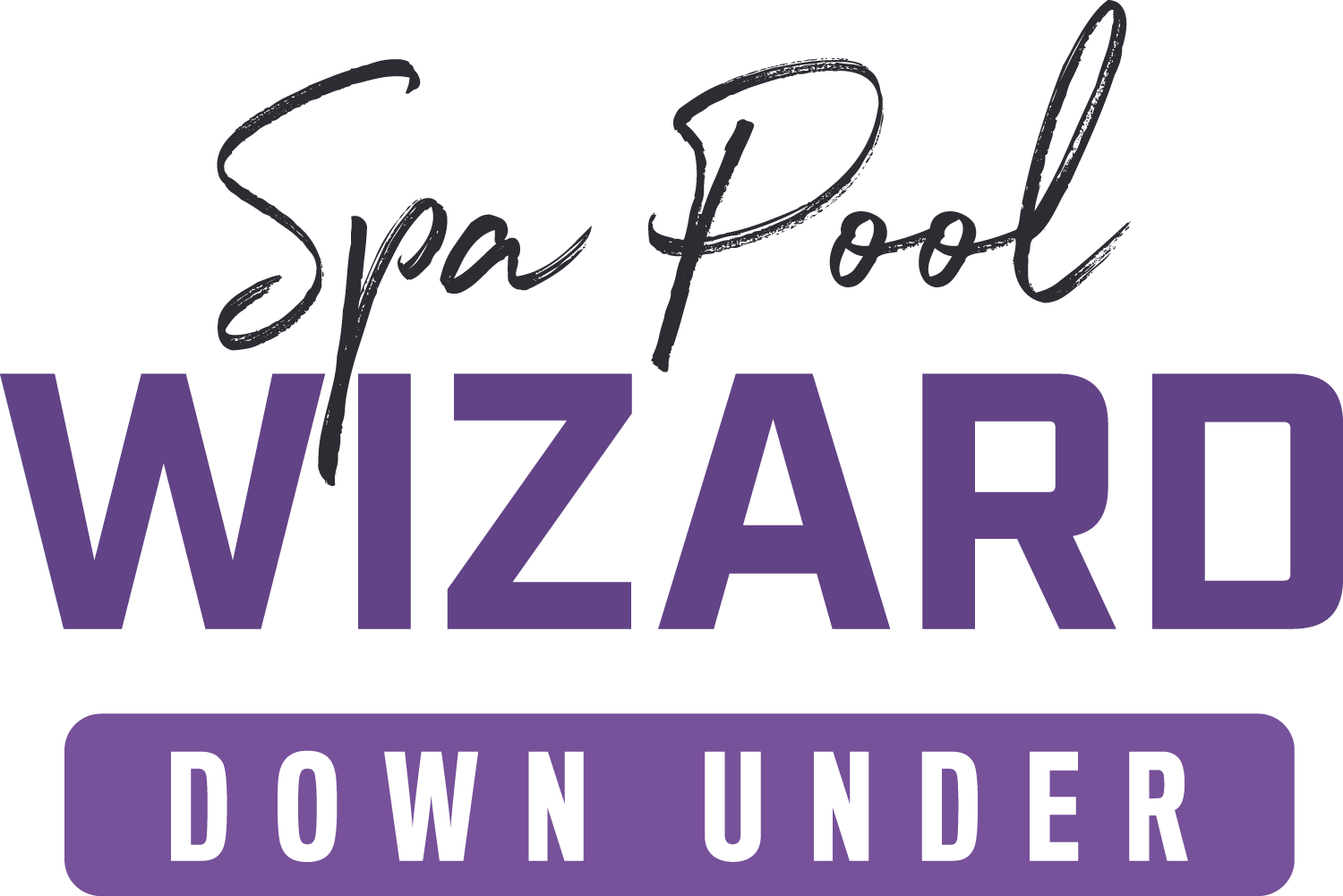Understanding Spa Water Impurities
The better you understand the impact of impurities in your Spa Pool water, the more informed actions you can take to increase the time frame between water changes.
Total Dissolved Solids
It is the impurities that build up over time in Spa Pool water that generally determine how often the water has to be changed.
Impurities dissolved in water are referred to as “Total Dissolved Solids” (TDS), and are measured in “parts per million” (PPM).
Clean filtered rain water with no additives will normally have a TDS of around 60ppm. Many bottled “mineral waters” sold in the supermarket are around 120 ppm. Normal town supply tap water is likely to have a TDS of around 150 ppm.
Spas With Salt Water Systems
In a salt based spa pool system, and following the addition of the required amount of salt, spa water will increase in TDS to around 1350 ppm. Following the addition of calcium hardness increase to around 250 ppm (which is the minimum recommended when using the SCEPTER), overall water TDS will increase to around 2100 ppm. And by the time chemicals are added to both “shock” the water, and adjust the pH, TDS is likely to increase to around 2800 ppm.
Over time the water TDS will always increase. Even spa water evaporation can increase TDS, but can be rectified by adding clean (low TDS) water to the correct level. In our experience when the TDS level gets to around 3500 - 3800 ppm it is time to change your spa water. Usually the TDS is in the order of 1000 ppm greater than the measured “total dissolved salt”.
Increasing TDS Over Time
Every time you add chemicals to balance your spa water you are adding more solids that are going to increase the TDS. This is particularly true if you are using powder based chemicals. If you are using a “Balanced Sanitiser” (source of chlorine) to either shock, or maintain a non-salt based spa pool, you will be increasing the TDS every time you add this product. While the chlorine itself produced by the Balanced Sanitiser will gradually evaporate (and far more quickly if in direct sunlight), impurities will be left behind in the water.
Cyanuric Acid
Balanced Spa Pool Sanitisers contain a substance (or impurity) that helps to bind the chlorine to the water molecules so that it lasts longer. This substance is Cyanuric acid. However, over time as the levels of Cyanuric acid increase from the regular addition of Balanced Sanitiser, the TDS of the Cyanuric acid will increase to a point where the level will actually prevent the water molecules in retaining the chlorine. When the level of Cyanuric acid reaches close to 300 ppm it is time to replace the spa water. Other than dilution of your spa water, this is the only way to solve the problem.
Cyanuric acid levels can be tested using good quality test strips such as the AquaCheck 7 strips, or by taking a spa water sample to your local pool shop.
Improved Spa Water Life
Minimising the impact of Cyanuric acid is a very good reason to use a salt water based sanitising system. The less Balanced Sanitiser we use, the longer the water life. With regular use, most standard spa pools that use Balanced Sanitiser will need the water changing every three months. A salt water based spa pool is likely to last six months, while our experience with the Scepter salt water cell, and the use of vinegar for pH reduction has provided water life of over nine months.
When balancing your salt water based spa pool, try use only liquid based products to minimise TDS increase, and therefore prolong the time before full water replacement. These include white vinegar for reducing pH, and a suitable form of liquid chlorine when “shocking” Spa Pool water.
If you do not have a salt water based sanitising system, then the main alternative to maintain pool water sanitiser levels is to use a Balanced Sanitiser.
Foaming Spa Water
Another source of impurities is our bodies and clothes. One of the impurities we bring often through our clothes is phosphates. The more we use the spa water, the more the phosphates TDS will increase. Often a high level of phosphates will cause water to foam when the jets are running. The good news is that liquid Phosphate Remover products are available. Once used according to the product instructions, the dissolved phosphates coagulate and drop out of suspension as fine particles that are caught by your Spa Pool filter. Note: Always check and clean your spa pool filter after using Phosphate Remover.
Measuring TDS
To measure the TDS in your spa water, take a water sample to your local pool/spa shop for analysis, or purchase a simple electronic instrument to make these measurements. We recommend the “Tracer” manufactured by LaMotte. Versions of the Tracer can also electronically measure salt levels, temperature, pH, and so on.




